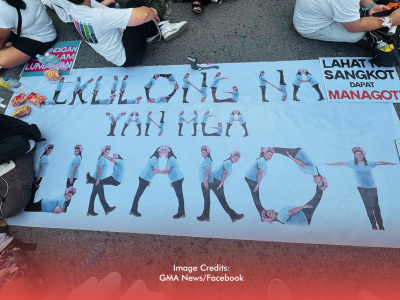The Philippine government’s debt-to-GDP ratio has risen to 63.1 percent as of the second quarter of 2025, reaching its highest level in two decades. This comes only three months after the ratio climbed to 62 percent, already its sharpest increase since 2005.
RELATED: [PH Climbs In Global Competitiveness Rankings, But Challenges Persist]
A Key Test of Fiscal Stability
Economists view the debt-to-GDP ratio as a crucial gauge of fiscal health. Crossing the 60 percent threshold is widely seen as a sign of vulnerability. The World Bank projects a gradual decline to around 60.2 percent by the end of 2025 and further to 59.7 percent in 2026, provided that growth continues steadily and fiscal discipline holds.
Still, these projections rest on the assumption that no new global or domestic shocks derail revenues or spending.
Resilient Growth, but Structural Challenges
On the positive side, GDP growth accelerated to 5.5 percent in the second quarter, showing that the economy retains some momentum. Sustained expansion could gradually bring down the debt ratio by boosting the size of the economy.
However, experts emphasize that growth alone will not be enough. Stronger tax enforcement, reduced revenue leakages, and strategic investments in high-impact projects like infrastructure and digital services are needed to ensure borrowed funds deliver long-term value.
What It Means for Filipinos
For ordinary citizens, rising debt can translate into fewer resources for health care, education, or disaster relief as more of the budget goes to paying interest. It can also affect credit ratings, which may make future borrowing more expensive and constrain job creation.
The real challenge lies in making sure today’s borrowing strengthens the foundations of the economy rather than placing an added burden on future generations.
The 20-year high is a wake-up call; fiscal discipline and accountability are not optional but essential to turning debt into opportunity instead of risk.
RELATED: [More Than Prices: What Filipinos Really Want From The Government]








